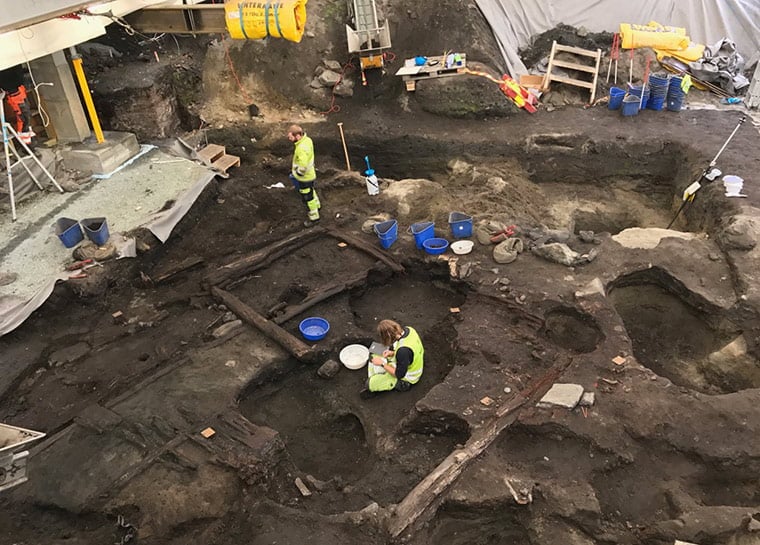
Recent archaeological finds are helping us all to understand what life in Trondheim used to be like, and just how important the church was to the community.
You can’t have missed the excavation work taking place in central Trondheim these past few years, but how much do you know about what’s been going on? Grab a cup of coffee and get comfortable, because we have a fascinating story to tell.
Trondheim may only be little more than 1,000 years old, but the curious thing is that there are vast gaps in proven history.
What is history?
Much of our knowledge is actually based on Norse sagas and stories, which over the years have been blended with the truth and become fact in many people’s minds.
Take the very founding of the town for example. Most people believe that Olav Tryggvason founded Trondheim in the year 997, but some sources imply that merchants had settled here long before Tryggvason arrived. Very little survives from the early Middle Ages, as the predominantly wooden settlement was destroyed several times by fire.

Excavations since 1970 on sites believed to have been home to churches and palaces have raised just as many questions and answers, and unearthing the truth about Trondheim’s past remains an ongoing process.
A media storm
The city hit world headlines in late 2016 when archaeologists unearthed the ruins of St. Clement’s church, in which Olav Haraldsson was first enshrined as a saint.
The sainthood of the former Viking King and patron saint of Norway played a major role in the introduction of Christianity to Norway.
The remains of the wooden church were discovered by archaeologists working for the Norwegian Institute for Cultural Heritage Research (NIKU) and we spoke to Excavation Director Anna Petersen about the find. She has encouraged publicity about the discovery and was only too pleased to talk.
“I don’t believe in hiding this from the public. It’s important to integrate the city’s residents into this despite them not being able to see inside the tent. We can always tell what we do and what we think we have found, even if we have to revise those opinions later. With this being St Clements Church and its connection with Olav and everything that means, the interest has been huge.”
Fox News were among the major media outlets to cover the story, which was ranked in the world’s 10 most important archaeological finds of 2016 by Heritage Daily.
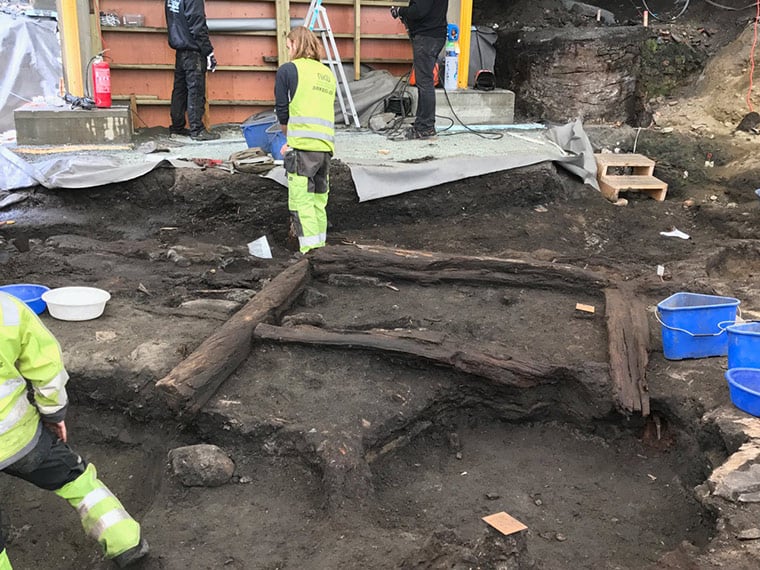
A famous church finally located
There was genuine excitement about the find. People knew of a St Clements church in Trondheim but had expected it to be placed further to the north.
In the 1950s a cemetery was found nearby and historians believed this would have been the site of the church, but it was never properly excavated. The regulations that require a thorough excavation on construction sites were only introduced in the 1970s.
The find motivated the team to unearth more secrets of Trondheim’s past that could be hidden just below the surface. In addition to a vast cemetery with hundreds of graves, the team discovered a remarkably well-preserved crucifix.
“We just don’t know what we’ll find because there are very few church sites from this period that you can fully excavate. For example, we found this stunning crucifix, cast in bronze, just below the surface. A bishop likely wore it around their neck,” explains Anna.
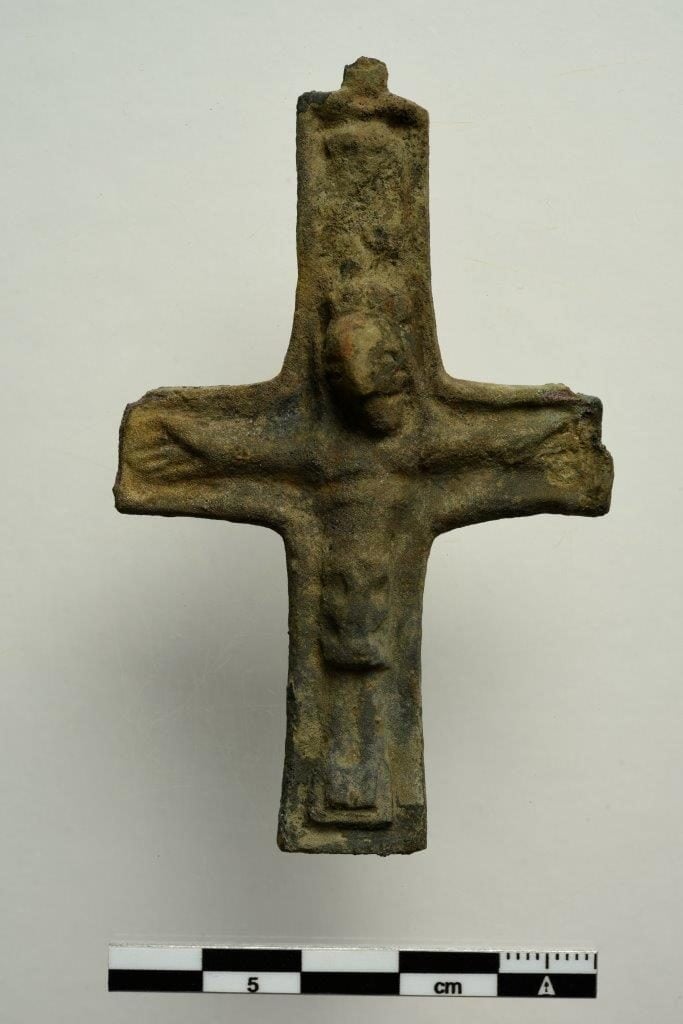
The importance of the church
The human remains also teach us something about the importance of this site. Around 20 infants had been buried right up against the altar. Infant deaths, common in medieval times, were a problem for the church, as they could never be sure if the baptism had gone as it should have.
Burying an unbaptised child would – in the eyes of the church – contaminate the rest of the cemetery, so infants were usually buried in other places.
“Our best guess is that long after the church had gone out of use, parents knew what this place had been and felt it was important for them to get their children as close to the holy place as possible,” says Anna.
It seems likely that the church was destroyed several times by fire. After the church was destroyed, it was sealed with sand from the nearby beach. This was then used as a foundation for a wooden floor, with stone construction coming much later.
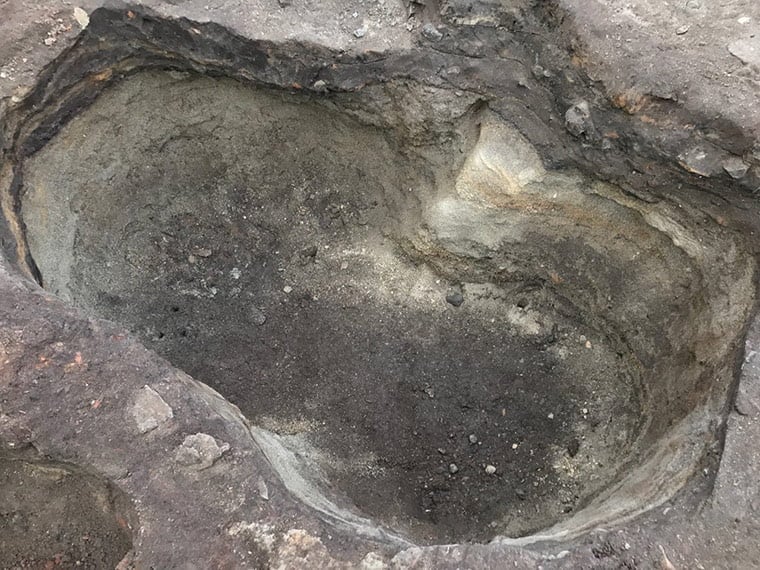
The sand gives further proof that the area around Krambugata and Søndre gate was once by the riverside. The land was a protruding sand area, and just a few metres to the west was water. This inlet was probably quite deep, and it was likely the harbour where Olav Tryggvason built his ship, if the sagas are to be believed.
The site’s future
As work nears its end, the team are entering everything into a fully digital documentation system. In line with Anna’s wish to share the work with the public, the team are sharing 3D models of artefacts via their Facebook page.
Once everything has been documented, the site will become a construction site for a new building, but the remains of the St. Clement’s churches will remain.
“When we found the churches, it was decided by the Directorate for National Heritage that this church should be preserved. This area will become a museum in the cellar of the new office building that will be built here. Once ready, we will return everything we have found to show the full remains one of the churches.
It would be too difficult to show all four, as they were built on the same site,” says Anna. This will most likely be done in a similar way to the ruins in the library building, and at the Archbishop's Palace Museum near Nidaros Cathedral.
Unearthing the history of the market square
Archaeologists from NIKU are working on a dig at Torvet, Trondheim’s market square, before the square is revamped with the aim of becoming the city’s number one meeting place.
The new-look square will feature a stone floor and lots of new public seating, but will still be suitable for concerts, festivals and other events. More information on the plans can be found at www.torvetitrondheim.no or on the information boards around the square itself.
Before the renewal of the square can start, archaeologists have examined the area because the square is a protected cultural heritage site. This work began in 2015 and the excavations are due to end any day now as the final phase outside Hornemansgården comes to an end.
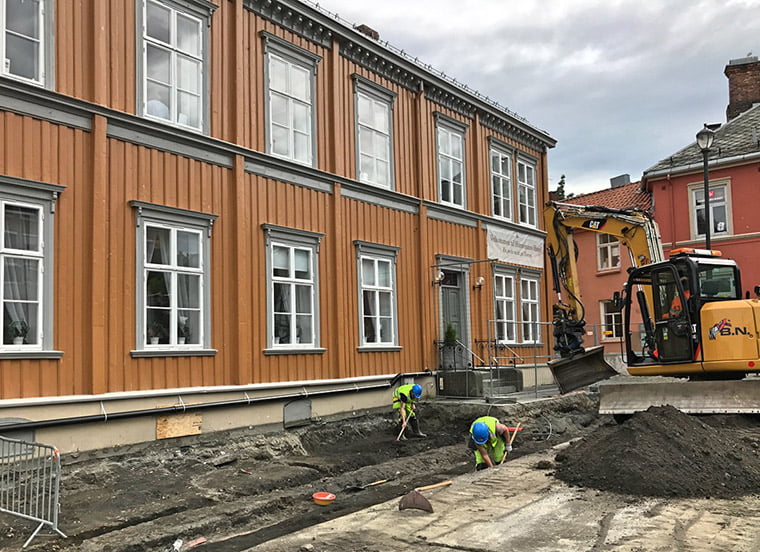
Beneath the surface there are traces of several hundred years of city life. Once the building work starts, archaeologists will be on hand to make sure any finds during that process are saved.
From farmland to fashionable square
The medieval city of Trondheim lay between the Nidelva river and where Nordre gate stands today. The land at Torvet and to the west was simply farmland. The development of Torvet was a good example of how a town expanded in the post-reformation time.
Much of Trondheim was rebuilt following a destructive fire in 1681 and the new city was laid out according to the plans drawn up by General Major Cicignon.
The open public square and wide Munkegata axis drawn between two important points – Nidaros Cathedral and Munkholmen Island – mirrored the fashion of the time, most notably from the city of Versailles, which was undergoing expansion around the same time under the watchful eye of Louis XIV.
From ancient fields came a new urban area that evolved into a craftsman's district. Archaeologists have uncovered a very well-preserved floor that contains the foundations of a smith’s workshop. There are also finds that suggest that both bakers, weavers and chefs lived in the area.
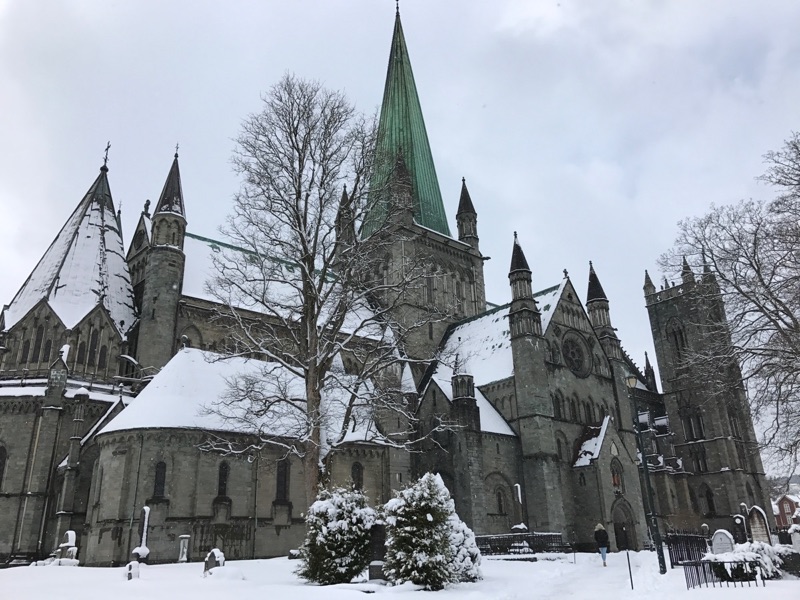
Several waste pits were found, and these contained a lot of animal bone and pottery from the 1700s and earlier. More analysis on these finds should reveal who lived here, what economic group they belonged to, what they ate and even what animals were kept in Trøndelag during the 17th century.
Underneath the cobblestone layer that was added in the 19th-century lies a thick layer of almost pure grey sand. Within this sandy layer, animal bones and ceramics have been found.
What more secrets lie under Trondheim?
The good news is that before any construction work can take place in the protected historic area, an archaeological dig must first take place.
Perhaps we’ll unearth even more churches, artefacts and buildings to tell the story of ancient Trondheim, or perhaps these stories are simply lost forever.
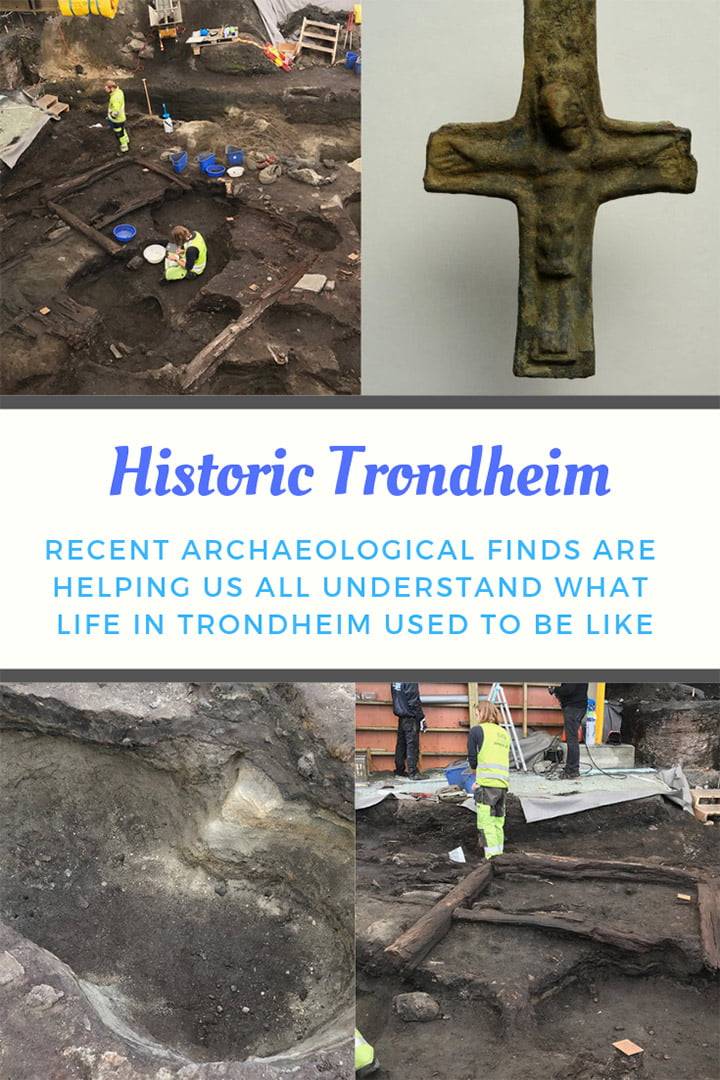
This article was first published in the September-October 2017 issue of The List, Trondheim's English language magazine, and republished here with permission.


Love to read in English about the finds in Trondheim , then I can share it with my children who does not speak Norwegian.
I’m researching my family’s history, specifically the Fosnesses from Trondheim, so of whom migrated to Canada in 1910 while much of the family stayed in Norway. What was life like circa 1900 in Trondheim?